Arboretum de Wando (완도수목원)
0m 31973 2021-07-09
156, Chopyeong 1-gil, Wando-gun, Jeollanam-do
+82-61-550-1544
Cet arboretum se situe à Gunoe-myeon (comté de Wando, province de Jeollanam-do) et a été ouvert en avril 1991. C’est le seul arboretum tempéré de Corée. Ce site expose harmonieusement essences forestières coréennes et internationales.
ChangPoGo Memorial Hall (장보고기념관)
6.0 Km 18082 2021-03-04
1455 Cheonghaejin-ro, Wando-eup, Wando-gun, Jeollanam-do
+82-61-550-6930
Le Changpogo Memorial Hall fut construit afin de célèbrer l’achèvement de Jang Bogo. C’est un espace d’éducation touristique qui se concentre sur l’histoire et la culture.
L’extérieur du bâtiment est conçu pour incarner un décor en forme de vague. Le mur est couvert avec les pierres naturel du château Cheonghaejin de l’île Jongdo. Les alentours du bâtiments sont composés de roseaux et de fleurs sauvages. Il existe également un chemin pour se promener.
*Ouvert depuis le 29 février 2008
Musée du folklore et de la pêche à Wando (완도어촌민속전시관)
6.3 Km 19104 2020-05-07
149, Hwaheungpo-gil, Wando-eup, Wando-gun, Jeollanam-do
+82-61-550-6911
Le Musée du folklore et de la pêche à Wando s’est ouvert en 2002. C’est le premier musée sur la pêche du pays et présente le style de vie des villages pêcheurs, des démonstration de pêche, des faits d’aquaculture et l’histoire de la pêche dans le temps.
Ce musée premet aux visiteurs d’en apprendre sur les traditions maritimes. C’est l’une des attractions principales de la ville de Wando.
Temple Mihwangsa (미황사)
8.0 Km 6122 2021-08-10
164, Mihwangsa-gil, Songji-myeon, Haenam-gun, Jeollanam-do
+82-61-533-3521
Construit pendant la huitième année du règne du Roi Gyeongdeok de la Dynastie Shilla (749), le temple Mihwangsa est situé sur le flanc gauche du mont Dalmasan (489m), à l’extrême sud de tous les temples de la péninsule coréenne. Le beau coucher de soleil et la vue du mont Dalmasan à partir du temple attirent de nombreux touristes.
Terminal des bus de Wando
8.6 Km 10438 2015-12-07
1230 Gaepo-ri Wando-eup Wando-gun Jeollanam-do
+82-61-552-1500
Haemaru healingsoup [Korea Quality] / 해마루 힐링숲 [한국관광 품질인증]
8.9 Km 5747 2020-12-12
108-35, Donghae-gil Bukpyeong-myeon, Haenam-gun, Jeollanam-do
+82-10-2332-6303
'Haemaru Healing Forest is a guesthouse situated at the foot of Duryunsan Mountain, Haenam in front of Wondo Beach and surrounded by a cypress grove. The mountain, cypress grove, and beach are all visible from the main floored hall room. For this reason, many of the guests who stayed here say that the picturesque view seems to change day by day. The town where the guesthouse is located is specially designed as a 'hanok village,' consisting mostly of traditional Korean houses of Jeollanam-do. It is also widely known as 'Haenam Kimchi Village' because of their famous cabbages, which are grown in the natural environment and are used to make kimchi. Specifically, there are three villages in this area: 'Green Experience Village,' 'Farm Stay Village,' and 'Resort Village.' There is a public swimming pool in the area managed by the villagers and is very popular among visitors, with ticket sales reaching KRW 100,000,000 a year. One of the advantages of staying at this guesthouse is that it’s within a one-hour ride to a number of popular nature destinations such as Wando Cheongsando Island, Gangjin Dasan Chodang, Jangheung Cheongwansan Mountain, Woodland, and Yeongam Wolchunsan Mountain. Haenam is known as one of the best regions of Korea for enjoying the famous Jeolla-do cuisine, so visitors to Haenam are advised to try the local food. The villagers built these traditional Korean guesthouses so that their visitors can have a day of relaxation in nature, away from their hectic city life. With this mind, they used natural pinewood and red clay from Gangwon-do to build authentic traditional Korean houses and utilized traditional Korean tiles from Goryeong. The name 'Haemaru Healing Forest' was given by the owner of the guesthouse, with the subtitle 'A place where you can tell your story.' The guesthouse buildings are in 'ㄱ' shape. The main building, called 'anchae' in Korean, has floor area of 72m², which is big enough for up to 25 people. There are two rooms, a large living room, and a kitchen in this building. The rooms are furnished with sofa, television, air conditioner, refrigerator, and table just like an ordinary home so that guests can feel at home during their stay. The 'bakkatchae,' or 'detached house,' is a single room with capacity of 6 and is furnished with air conditioner and bathroom. The guesthouse is owned by a couple who still work in Seoul and need to travel back and forth between Seoul and Haenam frequently. They're both nature lovers, so their most favorite place in the house is the kitchen garden where they cultivate their own organic lettuce, perilla leaves, and chili peppers. The kitchen garden is open to guests who want to try the homegrown organic vegetables. Various experience programs are offered here as well, such as yunnori, dadeumi, jwibulnori, and kimchi making. Jwibulnori is a traditional Korean game played on the eve of Daeboreum or First Full Moon Day, where people burn dry grass on the ridges of rice paddies and fields and others spin cans of flames attached to the end of a stick or a sling. For safety reasons, this game is played with the consent and participation of the villagers, so be sure to ask the owner of the guesthouse when the game is played. It’s free for groups of more than 10 people. As for the kimchi-making class, it is offered by the guesthouse owner's younger brother and sister-in-law who live and run a kimchi factory in the village. They will teach you how to make kimchi, step-by-step, start to end. The kimchi-making class is a paid program, so be sure to ask the guesthouse owner how much and when the class is held.
Musée d’histoire naturelle marine de Ttangkkut (땅끝해양자연사박물관)
9.4 Km 6259 2021-03-17
5-4, Jungdaedong-gil, Songji-myeon, Haenam-gun, Jeollanam-do
+82-61-535-2110
Moitié aquarium, moitié musée, le musée d’histoire naturelle marine de Ttangkkut se situe à l’extrêmité la plus au sud de la péninsule coréenne, dans le village de Ttangkkeut Maeul à Songji-myeon, Haenam-gun. Lim Yang-su, le directeur du musée, a collecté la plupart des pièces du musée en parcourant le monde durant ses 13 ans de service comme capitaine d’un bateau de pêche en haute mer. Parmi les objets exposés se trouvent des artefacts et des spécimens vivants, tous ayant fait l’objet de recherches et ayant été classés par une équipe d’experts.
Le musée a pour but de motiver les gens à explorer, observer, et préserver la nature en stimulant la curiosité des visiteurs à travers des répliques miniatures de la vie marine. On y trouve environ 25 000 spécimens, parmi lesquels des coquillages, du corail, des poissons, des mammifères, des crustacés, des fossiles, des reptiles et des insectes du monde entier.
Tour de Wando (완도타워)
10.7 Km 28107 2019-01-01
330, Jangbogo-daero, Wando-eup, Wando-gun, Jeollanam-do
+82-61-550-6964
La tour de Wando est haute de 76 mètres et se situe au sommet de la montagne Dongmang-san, dans la ville de Wando-eup. Le site est composé d’une place, d’un sentier de marche, d’une aire de repos et offre une vue magnifique lors des levers et couchers de soleil.
La tour donne vue sur la ville ainsi que plusieurs îles comme Cheongsan-do, Bogil-do, Nohwa-do, Sinji-do et Gogeum-do. Durant les jours ensoleillés, on peut même apercevoir l’île de Jeju-do.
Dans les environs, on retrouve Bongsudae et le chemin qui mène vers la montagne Dongman-san.
Seoladawon [Korea Quality] / 설아다원 [한국관광 품질인증]
12.0 Km 10534 2023-04-13
153-21, Samseong-gil, Bugil-myeon, Haenam-gun, Jeollanam-do
+82-61-533-3083, +82-10-7616-6129
Located at the foot of Mt. Duryunsan in Haenam, Jeollanam-do Province, Seola Dawon is committed to preserving and inheriting the tea culture and nature of the region. The owner began to cultivate this place after hearing the concerns about the absence of a person who would inherit the tea culture of this region from a Buddhist monk he met at Iljiam Hermitage of Daeheungsa Temple in Haenam in 1996. Meanwhile, nine young men who studied tea together cultivated the green tea field in Haenam and built houses. After that, people who had affection for teas began to visit Seola Dawon. Since there were no decent accommodations for people who came from afar, they built eight Korean traditional-style houses in all including a Sarangbang made with stones, the earthen house, the wall-frame house, and the earthen bag house. The Korean traditional-style house was built in 2003 as a cultural space and later remodeled into rooms for the operation of Hanok Stay.

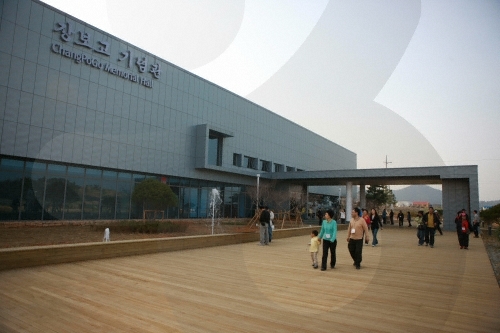
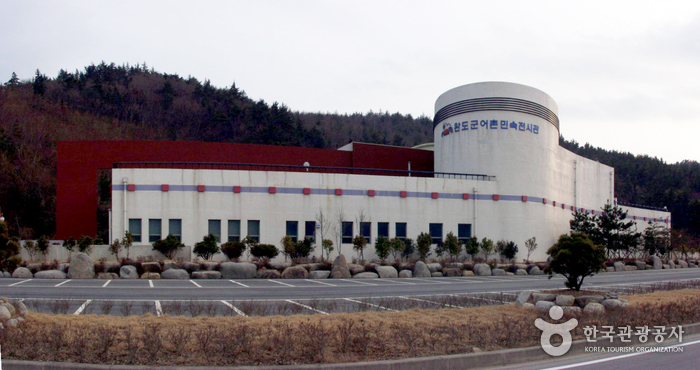
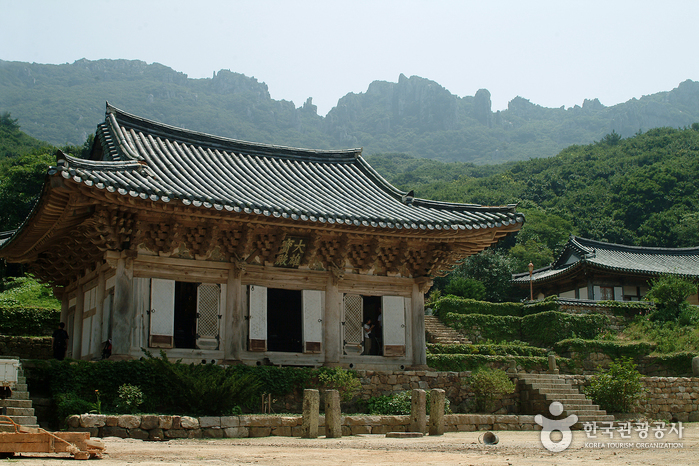
![Haemaru healingsoup [Korea Quality] / 해마루 힐링숲 [한국관광 품질인증]](http://tong.visitkorea.or.kr/cms/resource/35/2049835_image2_1.jpg)
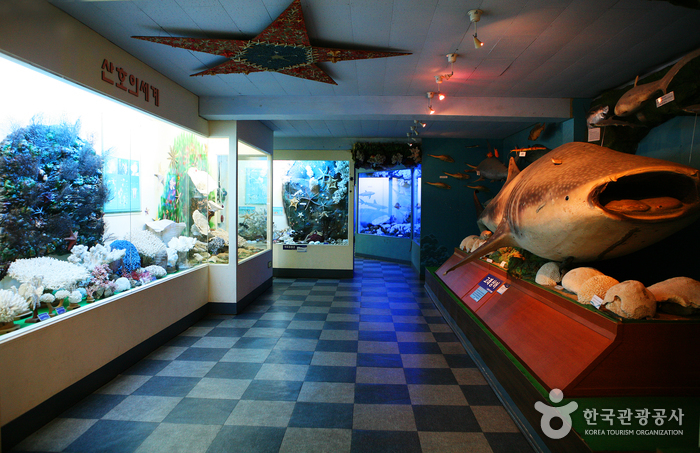
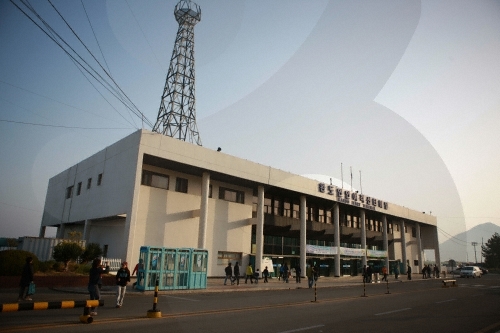
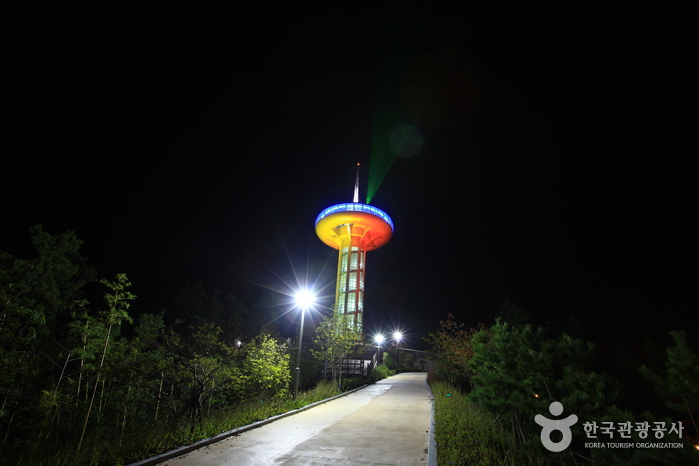
![Seoladawon [Korea Quality] / 설아다원 [한국관광 품질인증]](http://tong.visitkorea.or.kr/cms/resource/63/2584863_image2_1.jpg)
 Français
Français
 한국어
한국어 English
English 日本語
日本語 中文(简体)
中文(简体) Deutsch
Deutsch Español
Español Русский
Русский